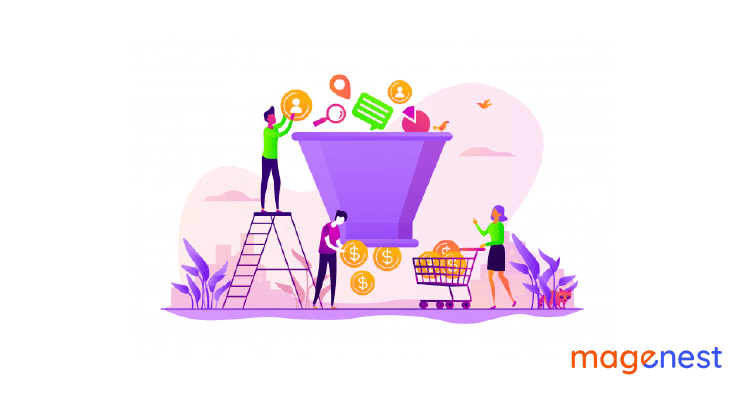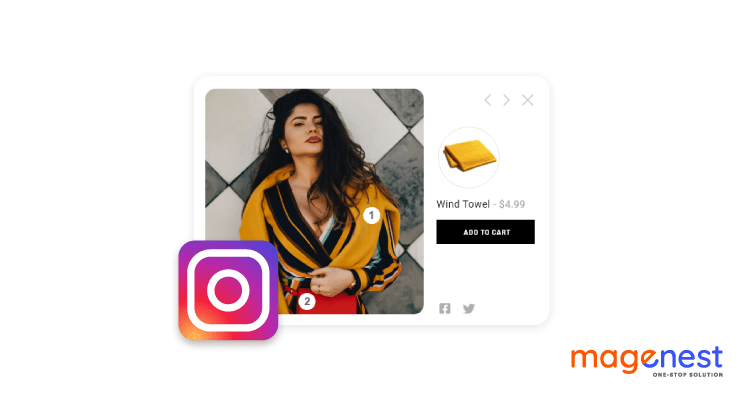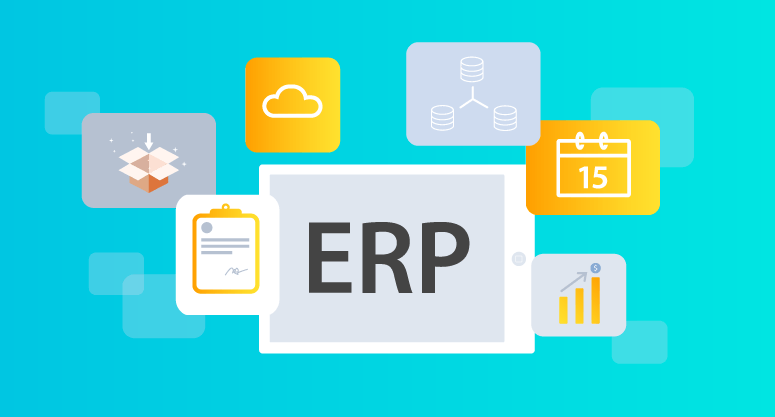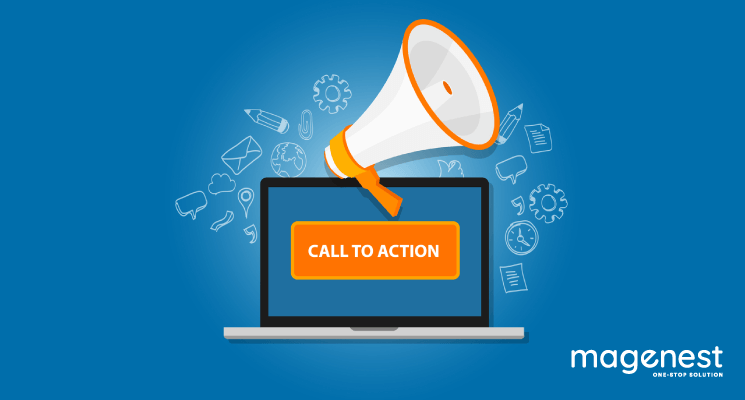The future of the digital marketing industry is the sales funnel.
While it may sound odd at first, this particular core concept can take a business from virtually non-existent and nameless to a business that would be worth millions.
How can this process help sales reps convert cold prospects into hot leads? What is it, to be exact and why is it important to business?
Let's find out!
What is the Sales Funnel?
If you're questioning what is the sales funnel definition, merely imagine a funnel in the real world: some substance is poured in at the top of that funnel, it filters down and towards one specific destination.
In sales, something similar takes place. Lots of visitors arrive who may enter your funnel (at the top of the funnel). Be that as it may, not all who enter the sales funnel will reappear from the other end, unlike the real-world funnel.
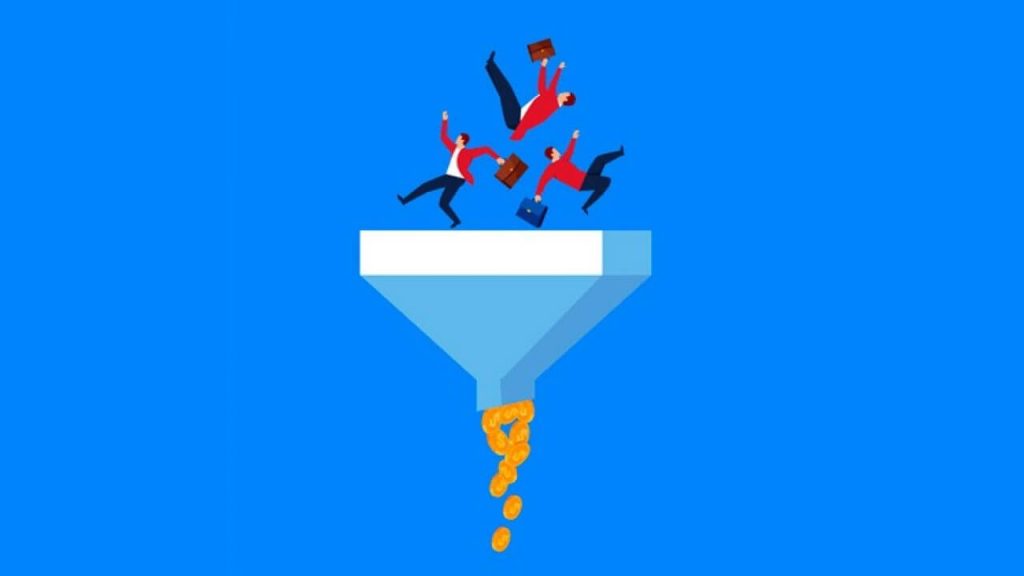
The sales funnel (also called a sales process or a revenue funnel) refers to the process that businesses lead their customers through during their customer journey; and the process through which a company decides, qualifies, and sells its merchandise to buyers.
The top of the funnel depicts “awareness” when prospects first encounter a brand, while the bottom depicts the “decision” when potential customers are converted into actual buyers. Through some sales funnel stages of narrowing down the number of prospects, only a small fraction is converted eventually.
Why is a Sale Funnel Important?
E-commerce sales funnel allows firms to picture every step that prospects will take on the path to conversion. Every single step is a micro-conversion that can be optimized to boost conversions after all; if one of those steps shows a higher-than-anticipated drop-off rate, it can be examined to see what’s wrong and test out potential improvements.
#1 It helps you choose a Suitable Marketing Strategy
Sales funnel eCommerce is extremely important for businesses having a limited budget to spend on effective sales funnel marketing strategy. In this way, they tend to focus on shoppers who are already in the “Decision” phase of the sales funnel, which takes fewer efforts to drive in the customers towards the “Action” section.

#2 It helps you know how to be Involved With Your Customers
By identifying the sales funnel of a wanna-be customer, you can easily adjust the tone of your content, make it more well-directed, or give attractive offers that relate better to their specific needs.
Specifically segmenting your market has an enormous effect on how we can drive them further down the funnel.
#3 It helps you Achieve More Sales
If you mastered the sales funnel in the long run, you would be able to generate more sales. The rule of the sales funnel is discovering the way to pull them towards your desired outcome.
When you adopt a greater sales funnel marketing strategy and know better ways to relate to your customers, you will conclusively drive more potential consumers towards the “Action” phase.
#4 It helps you Stand Out
The typical obstacle that entrepreneurs are facing is their lack of direction. As newbies, they may have novel ideas, but they fail to implement them because there are no tried and tested application systems to generate sales.
With a great understanding of the sales funnel meaning, you can gain a competitive advantage over other businesses, especially some newbie entrepreneurs in your niche.
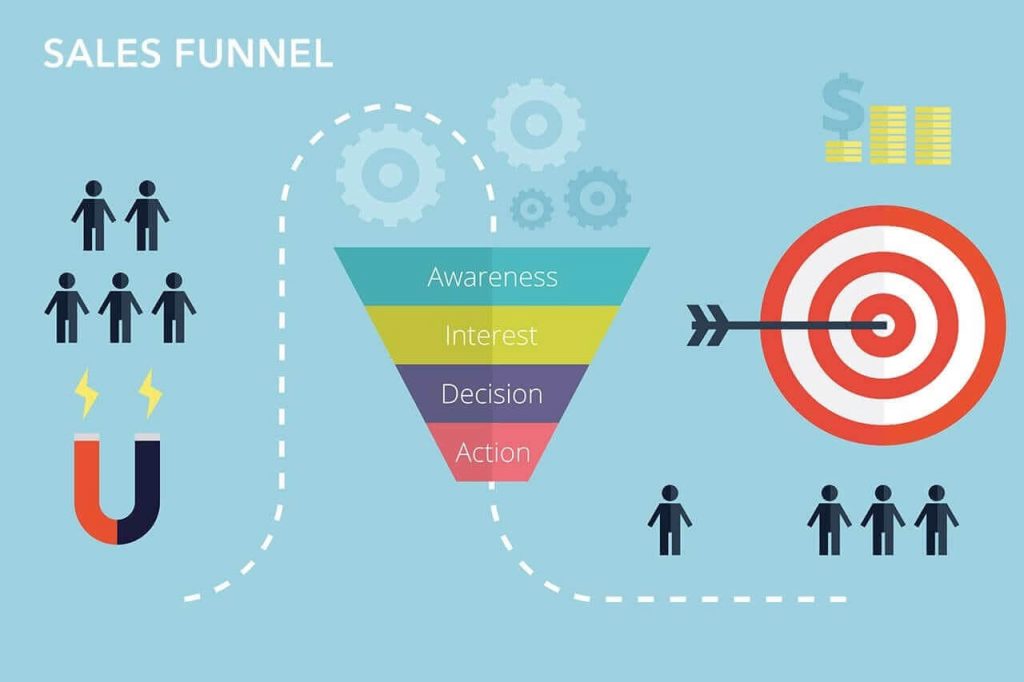
#5 It helps Grow Your Business
There is no perfect business model. As a matter of fact, a lot of overnight successes do not actually take place overnight. By understanding the sales funnel meaning, you will obtain feedback on what strategies can help you boost your sales.
Perhaps you noticed that potential customers in the “Decision” phase choose to purchase competitors’ products due to your pricing. You can easily adjust those by determining the roadblocks that lead customers to successfully reach your desired outcomes.
7 Sales Funnel Stages
The conventional sales funnel for eCommerce is divided into different steps, which vary depending on the certain sales model.
One of the most prevalent ways of breaking a funnel down includes seven sales funnel stages:
- Awareness: when prospects become conscious of the presence of a solution.
- Interest: when prospects show interest in a particular product by carrying out some product research.
- Evaluation: when prospects take into consideration competitors’ solutions as they move toward their final buying decision.
- Decision: when a final decision is taken and negotiation arises.
- Purchase: when that goods or services are purchased.
- Reevaluation: when most contracts are effective for just a limited amount of time and your prospects must make the decision to renew their contract or leave and move to other companies.
- Repurchase: when a customer buys a product or service again.
Best sales funnel examples
If you are operating a business, you can refer to one of these two well-known brands' examples of the successful funnel below.
Sales Funnel examples #1: Netflix
Netflix is the most widely used paid subscriber movie streaming service that offers its members an all-inclusive variety of movies, TV shows, documentaries, … on a bundle of internet-connected devices.
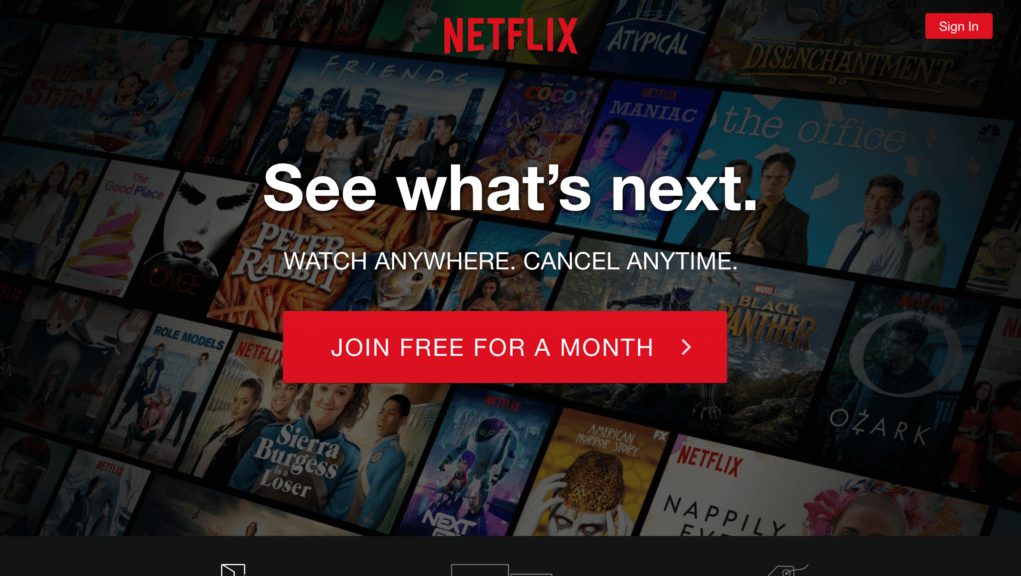
Their website is pretty simple with no confusing content and you may know exactly what you’re getting. There are 4 steps in their sales funnel:
- Lead page: the offer on their homepage is very clear. It explains their risk-free trial that you will be billed after 30 days. This is certainly a great funnel because it has a clear call-to-action button to take customers to the next steps if they click on the button.
- Choose your plan: this is also known as the pricing pages with different columns of different subscription plans and their comparison for you to choose.
- Sign up: you will be created an account with your name and password
- Order form: this form includes your billing information and finally confirmation.
This can be considered one of the most straightforward, simple, and effective sales funnel examples.
Sales Funnel examples #2: Crazy Egg
Crazy Egg is known for a great blog with top-of-the-line content.
Their sales funnel, which is huge, starts at their blog, so a majority of their traffic comes from inbound sources. Crazy Eggs has a clear call to action (CTA) to drive customers towards their email list at the bottom of their blog.
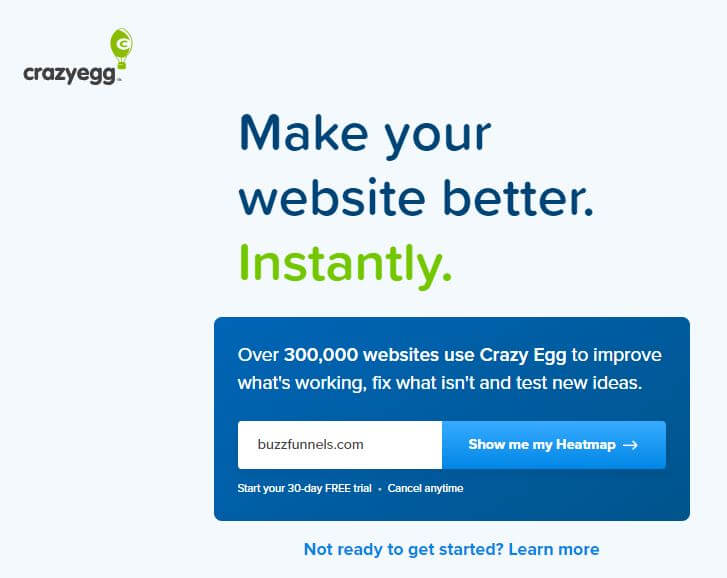
There are 4 steps in their funnel:
- Traffic: A pop-up appears at the bottom of their homepage, offering a free 30-day trial.
- If you sign up for the free trial, you will be reoriented to the pricing page.
- Or if you sign up for the email list, you will remain on their blog page thereafter to keep you engaging with even more further content.
- Homepage: you are required to attach your website URL.
- Pricing: all packages are advertised when hitting the pricing page, and the 30-day free trial plan, too.
- Checkout form: this checkout page has a light copy with a focus on social proof and via simple and clear languages.
This partly explains why Crazy Egg has constantly doubled its revenue conversion rate from year to year. The simplicity of the funnel’s design is what matters. Instead of including lots of copy, there’s a focus on strong visuals and instead of bombarding the customer with information, Crazy Egg keeps the info light. Nevertheless, the copy is so clear that customers know exactly what they’re getting before they put forward their email addresses.
This is absolutely one of the best sales funnel examples for businesses to learn from.
Final words
As a matter of fact, improving the sales funnel is in the midst of the top sales priorities. A great funnel gives salesmen a deep insight into their potential customer’s thoughts and decisions.
Hope this article partly explains the concept of the sales funnel. Remember, without a solid funnel, it’s not possible to turn leads into sales successfully and grow sales and revenue in the long run.



